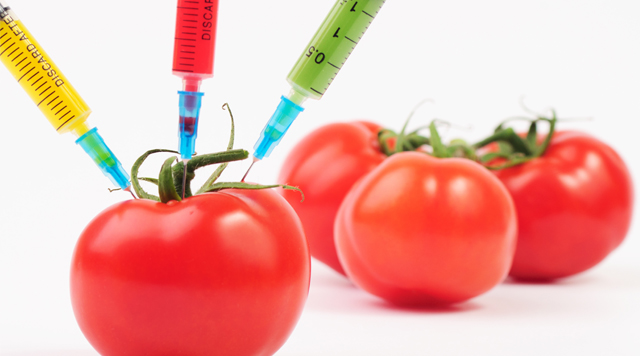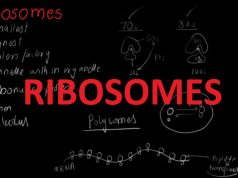It is a well-known fact that genetically modified foods, or GM foods, are currently being consumed all around the world. According to the US National Agriculture Statistics Service, 95% of sugar beet, 91% of soybean, and 85% of corn seeds planted in 2009 in the US were genetically modified. A large number of people around the globe, however, are unaware that they have been consuming these products for more than a decade, and many more are not sure what genetically modified foods are.
What are GM foods?
GM foods come from plants or animals that have had their genetic material modified by recombinant DNA technology. In other words, they have either had genes from other organisms inserted into their DNA or have had some of their gene sequences modified in order for them to express a desirable trait. This technology has allowed the production of foods with higher nutritional values and the growth of crops that are resistant to certain bacterial or viral infections.
How GM Foods Started – Flavr Savr Tomatoes and Golden Rice
The first commercially available genetically modified foods, Flavr Savr Tomatoes, were introduced to the market in the late 1990s. Flavr Savr tomatoes, created by Calgene and now owned by Monsanto, are unique because they lack galacturonase, an enzyme that degrades the fruit’s skin. By inhibiting the production of this enzyme, GM tomatoes have a more appealing appearance and a longer shelf life.
An interesting on-going project involving GMs consists of designing a variety of rice that can biosynthesize B-carotene, a precursor of vitamin A. This GM food is called Golden Rice and, even though it is not currently available for human consumption, it will provided an innovative biotech solution to vitamin A deficiency, which is responsible for more than 500,000 cases of infant blindness per year around the world (Nature Biotechnology Editorial, 2005). These two products are a good example of how genetic modifications can create foods with enhanced nutritional value.
The Potential Benefits of GM Foods and the Future
Creating highly nutritious foods with longer shelf lives is not the only benefit that can be provided by GM organisms. Many scientists believe that GM foods are the key to solving hunger and starvation in developing countries. Seeds that are resistant to plagues and able to survive in dry and extreme conditions can significantly increase crop yields and reduce deforestation rates. The expression of proteins that attack the larvae of specific insects in GM foods has also decreased the use of general pesticides in farmlands.
Edible Vaccines
Some plants can be genetically engineered to produce vaccines. At the moment, various biotech companies are involved in projects aimed at developing potatoes and bananas containing vaccines against hepatitis B. In other words, soon we could witness the creation of “edible vaccines” which could have a massive impact in fighting a wide variety of diseases. Edible vaccines not only reduce the use of medical equipment required during vaccination procedures, but also have the potential to eradicate diseases in isolated communities.
Health Risks – Is it Safe to Eat GM Foods?
As with any other scientific development, careful studies and tests regarding the safety of consuming these foods must be done. A potential health risk posed by genetically modified foods is the introduction of allergens from one organism to another: however FDA regulations require GM foods to be tested for the presence of allergens before they are released into the market. So far, the FDA has reported no risks or dangers posed by GM foods towards human health.
On the other hand, the genetic manipulation of organisms poses certain threats to the environment. Cross-pollination of certain plant species could occur, and some traits expressed in GM crops, such as high tolerance to herbicides, could be transferred to weeds themselves, thus creating so-called “superweeds”.
Conclusion
Human beings are one of the most adaptable species. We have been practicing selective breeding to increase our crop yields for thousands of years. The fact that fossilized remains of corncobs grown in pre-Columbian America are significantly smaller than modern ones proves this. Genetical manipulation of plants and animals seems to be the next step in increasing food supplies but is a far more complex issue since it involves transferring genes from one species to another.
The potential risks and hazards posed by genetically modified organisms need to be analyzed and scientists must find ways to prevent them before GM foods are fully accepted. In order to form an opinion about these products, one must carefully weigh the risks against the benefits; furthermore, if the world’s population keeps rising at an exponential rate, we shouldn’t be surprised if most of the foods that we consume in the future will come from genetically modified organisms.



















